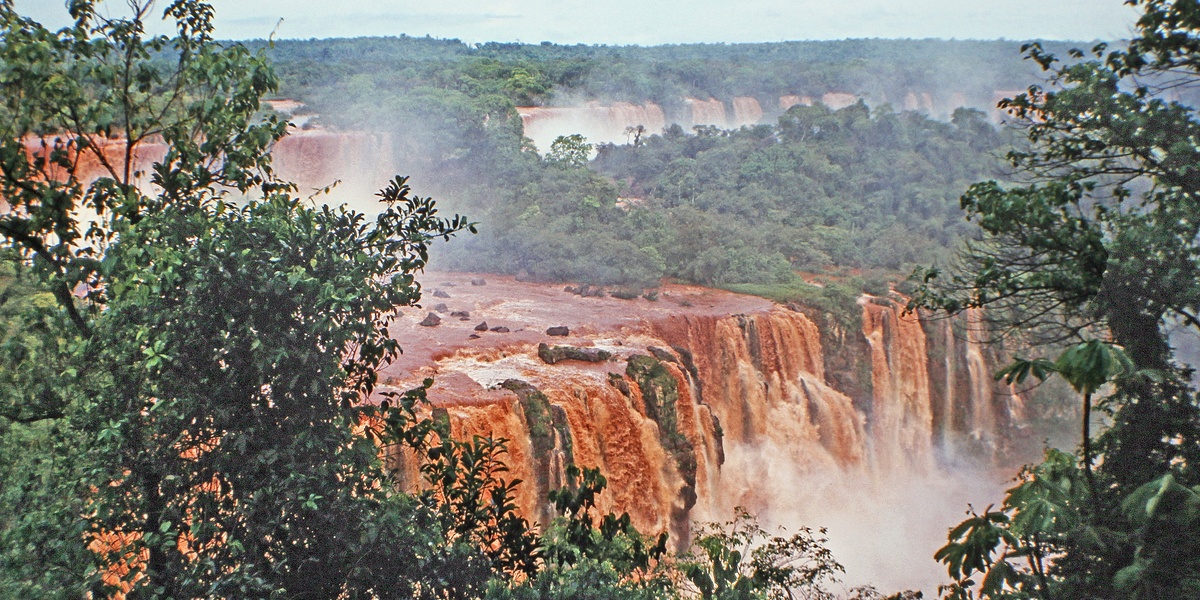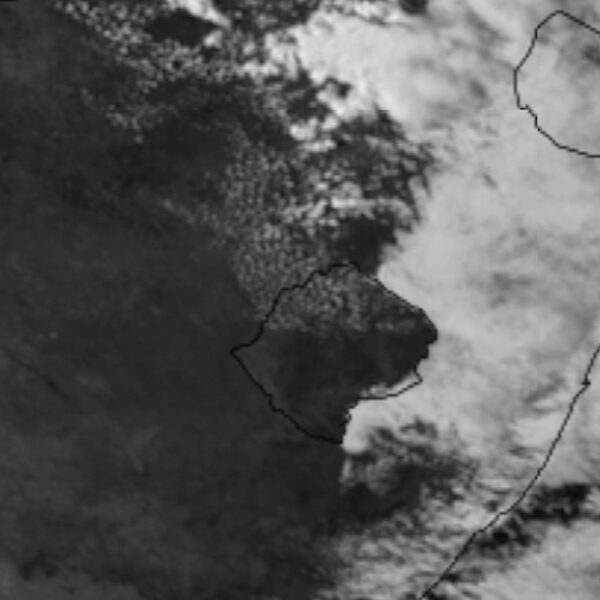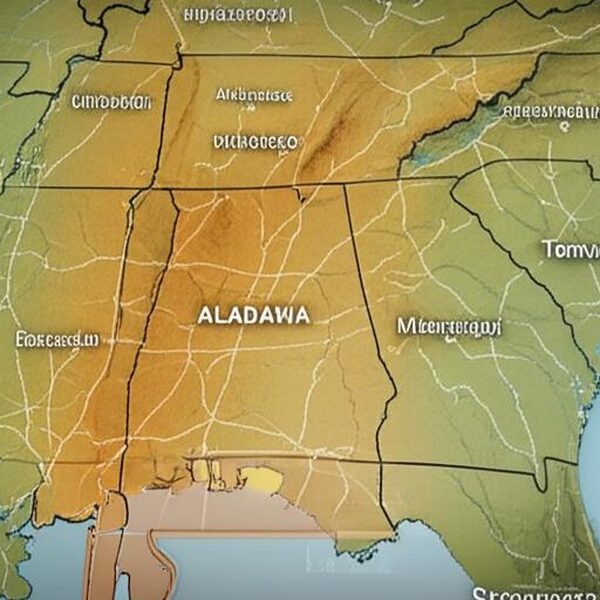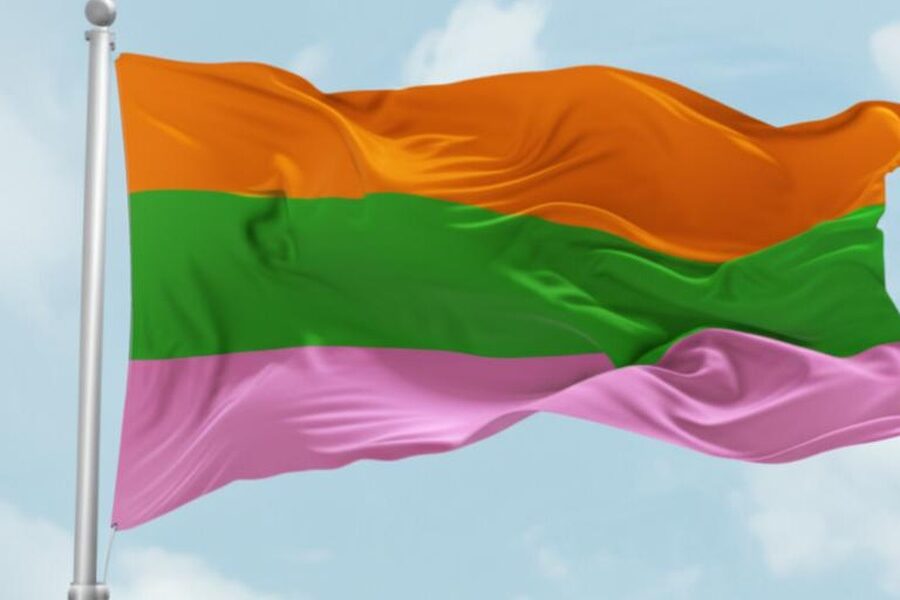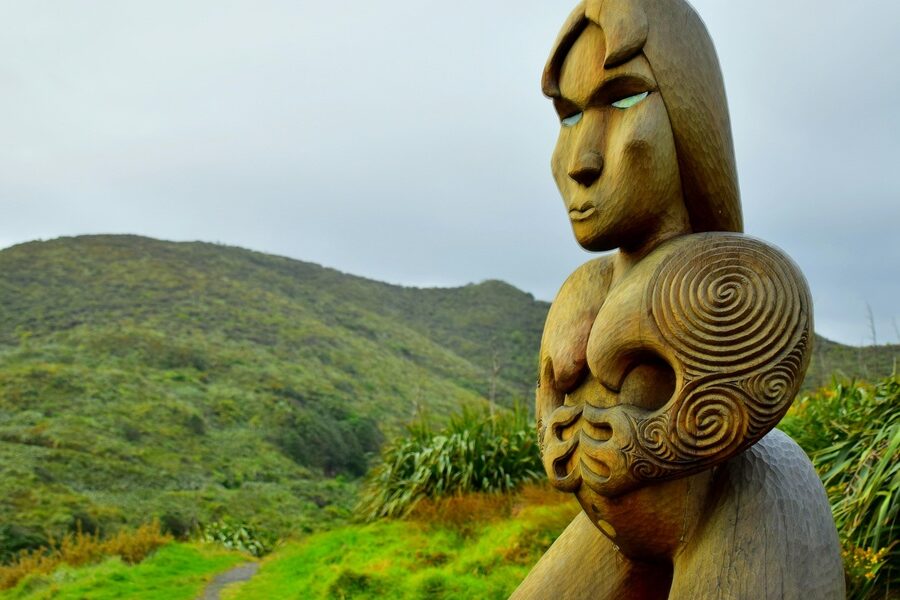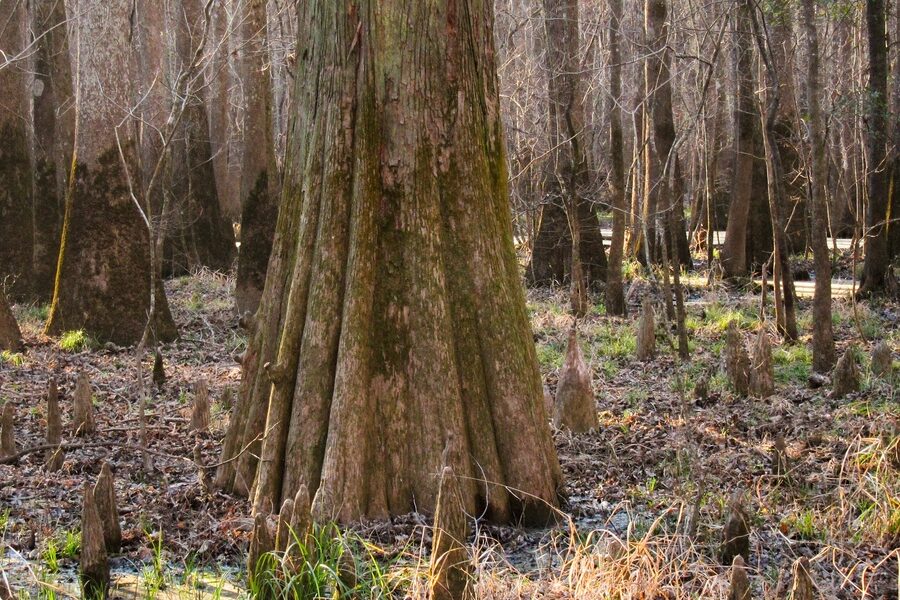Waterfalls change the feel of a place more than almost any other landscape feature — from thunderous river-gorged drops to thin, hidden ribbons of water in forested valleys. They tell stories about rock, climate and history, and make for memorable hikes, scenic drives and photo stops.
There are 20 countries with the most waterfalls, ranging from Argentina to Zimbabwe. For each entry you’ll find below the information organized as: Flag (emoji),Waterfalls (est.),Notable waterfalls (max 4) so you can quickly compare estimates and the best-known falls in each country; you’ll find below the full list and details to plan visits.
How reliable are waterfall counts and what counts as a separate waterfall?
Counts are often estimates because definitions vary — some sources count every distinct drop or cascade, others group multi-tiered systems as one fall — so treat totals as approximate; for trip planning, check local park or tourism sites for up-to-date names, access rules and seasonal flow information.
Which countries make it easiest to visit multiple notable waterfalls in a short trip?
Look for destinations with dense river networks and good infrastructure: many visitors find Canada, Norway or New Zealand offer several well-signposted falls within a few hours’ drive, plus visitor centers or boat tours that let you see multiple highlights in a day.
Countries with the Most Waterfalls
| Country | Flag (emoji) | Waterfalls (est.) | Notable waterfalls (max 4) |
|---|---|---|---|
| Canada | 🇨🇦 | 2,000-10,000+ | Niagara Falls (Ontario), Helmcken Falls (British Columbia), Kakabeka Falls (Ontario), Montmorency Falls (Quebec) |
| United States | 🇺🇸 | 1,500-10,000+ | Yosemite Falls (California), Niagara Falls (New York), Multnomah Falls (Oregon), Havasu Falls (Arizona) |
| Brazil | 🇧🇷 | 500-2,500 | Iguaçu Falls (Paraná), Caracol Falls (Rio Grande do Sul), Itaimbezinho (Rio Grande do Sul), Cachoeira do Buracão (Bahia) |
| Norway | 🇳🇴 | 5,000-20,000+ | Vøringsfossen (Hardangervidda), Kjosfossen (Flåm), Seven Sisters (Geirangerfjord), Langfoss (Etne) |
| New Zealand | 🇳🇿 | 1,000-5,000 | Sutherland Falls (Fiordland), Stirling Falls (Milford Sound), Huka Falls (Taupō), Bridal Veil Falls (Rotorua) |
| Iceland | 🇮🇸 | 500-2,000 | Gullfoss (Southwest), Seljalandsfoss (South Coast), Skógafoss (South Coast), Dettifoss (Northeast) |
| Colombia | 🇨🇴 | 300-1,000 | Tequendama Falls (Cundinamarca), Salto del Mortiño (Antioquia), La Chorrera (Nariño), Cascada La Candelaria (Chocó) |
| Papua New Guinea | 🇵🇬 | 200-1,000 | Local community-named falls (Morobe & Highlands), remote highland cascades, river plunges |
| Democratic Republic of the Congo | 🇨🇩 | 200-1,000 | Boyoma Falls (Tshopo), notable Congo River cataracts, various highland plunges |
| Argentina | 🇦🇷 | 300-1,500 | Iguazú Falls (Misiones), Salto del Moconá (Corrientes), Patagonian cascades (Santa Cruz), various Andean falls |
| Chile | 🇨🇱 | 500-3,000 | Salto Grande (Torres del Paine), Petrohué Falls (Los Lagos), Salto del Laja (Bío Bío), fjord-side plunges (Aysén) |
| Russia | 🇷🇺 | 1,000-10,000 | Kivach Falls (Karelia), Shumak Falls (Urals), Kamchatka highland cascades, various Siberian falls |
| Peru | 🇵🇪 | 200-1,000 | Gocta (Cajamarca), Yumbilla (Cajamarca), Ahuashiyacu Falls (Loreto), various Andean cascades |
| Venezuela | 🇻🇪 | 200-1,000 | Angel Falls (Canaima), Kukenán Falls (Canaima), Salto Kamarata (Guayana), other Canaima cascades |
| Zambia | 🇿🇲 | 100-500 | Victoria Falls (Livingstone), Kalambo Falls (Northern), Kundalila Falls (Central Province), regional Zambezi cascades |
| Zimbabwe | 🇿🇼 | 100-500 | Victoria Falls (Hwange/Matabeleland), Mutarazi Falls (Manicaland), Chinhoyi small cascades, other highland falls |
| Australia | 🇦🇺 | 200-1,500 | Wallaman Falls (Queensland), Jim Jim Falls (Kakadu, NT), Barron Falls (Queensland), McKenzie Falls (Victoria) |
| Japan | 🇯🇵 | 1,000-5,000 | Kegon Falls (Nikkō), Nachi Falls (Wakayama), Fukuroda Falls (Ibaraki), Shōmyō Falls (Toyama) |
| Philippines | 🇵🇭 | 200-1,000 | Pagsanjan Falls (Laguna), Tinago Falls (Lanao del Norte), Kawasan Falls (Cebu), Maria Cristina Falls (Iligan) |
| Sweden | 🇸🇪 | 200-1,000 | Tännforsen (Åre), Njupeskär (Fulufjället), Storforsen (Norrbotten), Hällingsåfallet (Jämtland) |
Descriptions
Canada
Canada hosts thousands of named waterfalls across provinces and mountain ranges, from Niagara and Montmorency to remote BC cascades. Best visited late spring to summer when flows peak and parks are open; many falls are accessible by short hikes and scenic drives.
United States
The U.S. contains thousands of waterfalls from the Rockies to the Appalachians and Pacific Coast, including famous Yosemite and countless smaller falls. Peak seasons vary by region—spring snowmelt in mountains and year-round flows in temperate rainforest areas.
Brazil
Brazil’s vast river systems and Atlantic coast produce hundreds to thousands of waterfalls, from the mighty Iguaçu to remote Amazon cascades. Best seen during shoulder seasons when rivers are navigable; many falls are inside national parks with guided access.
Norway
Norway’s steep fjords and glaciated mountains create thousands of dramatic waterfalls plunging into valleys and the sea. Summer is prime for access and cruises in Western fjords; winter offers icy spectacles but limited road access to inland cascades.
New Zealand
New Zealand’s steep, wet West Coast and Fiordland region host thousands of waterfalls, many accessible by short walks or boat trips. Visit in summer and shoulder seasons for safer tracks and fuller flows from snowmelt and rain.
Iceland
Iceland’s glaciers and volcanic landscape create hundreds of spectacular waterfalls across the island. Summer offers best access on F-roads and highlands; winter showcases icy forms and northern lights over frozen falls—some sites are year-round attractions.
Colombia
Colombia’s highlands and Pacific rainforest are dotted with hundreds of named waterfalls and cascades, many inaccessible except by river or trail. Dry-season visits (December–March) make hiking easier, while wet months swell dramatic plunges—ideal for adventurous nature travel and photography.
Papua New Guinea
Papua New Guinea’s rugged interior and heavy rainfall create hundreds of remote waterfalls, many named by local communities. Visiting often requires guides and river or air access; best time is the drier months for safer trekking and clearer viewpoints.
Democratic Republic of the Congo
The Democratic Republic of the Congo’s vast river systems and highlands contain numerous major falls and cataract systems, including Boyoma. Access is challenging; the dry season offers safer river travel and clearer viewing, but many sites require permits and local guides.
Argentina
Argentina’s waterfalls range from the iconic Iguazú in the northeast to Patagonian cascades—hundreds across provinces and national parks. Spring and fall shoulder seasons balance water levels and visitor crowds; guided tours and boat trips are common at the largest falls.
Chile
Chile’s Andean ranges and Patagonian fjords host many waterfalls, from accessible park cascades to remote glacial plunges. Southern summer (December–February) is best for travel and hiking; some fjord-side falls are visited via boat or coastal ferries.
Russia
Russia’s enormous size yields thousands of waterfalls across Karelia, the Urals, Siberia and Kamchatka, many seasonal or remote. Summer provides the best access to highland and Far East falls; guided expeditions are common for isolated, larger cascades.
Peru
Peru’s Andes and Amazon edge hold hundreds of waterfalls, including Gocta and Yumbilla. Water levels vary with rainy seasons; visit in dry months for safer trails, though rivers may be lower. Many falls are reachable by multi-day treks or short local hikes.
Venezuela
Venezuela’s Canaima and Guiana Shield regions contain hundreds of waterfalls, including world-famous Angel Falls and Kukenán. Best access in the dry season when air charters and jungle trails are more reliable; many falls are within national parks requiring permits.
Zambia
Zambia’s Zambezi basin and highlands contain numerous notable falls, from Victoria Falls to Kalambo and many local cascades. Peak flows are during and after the rainy season; dry months offer safer river travel and better visibility for viewing plunge pools.
Zimbabwe
Zimbabwe is home to Victoria Falls and many other named cascades like Mutarazi; rivers in highland areas create year-round and seasonal falls. Visit at different times—high water for spectacle, dry season for viewpoints and boat or hiking access.
Australia
Australia’s varied climates yield hundreds of waterfalls, concentrated in Tasmania, Queensland and the Top End. Many are seasonal; wet-season tropical falls are spectacular but access is limited. Best visitor windows are regional dry seasons and Tasmanian summers.
Japan
Japan has thousands of named waterfalls across mountains and islands, celebrated in culture and easy to visit via established trails. Spring and autumn are ideal for flows and foliage; some highland falls are seasonal and best after snowmelt or heavy rain.
Philippines
The Philippines’ tropical islands contain hundreds of named waterfalls, from easy roadside drops to remote jungle plunges like Kawasan and Maria Cristina. Best visited in the dry season to avoid flash floods and to reach trails and canyons safely.
Sweden
Sweden’s northern mountains and forests host hundreds of waterfalls, including Tännforsen and Njupeskär. Summer and late spring are best for access and fuller flows from meltwater; many falls are reachable by marked trails and park facilities.

